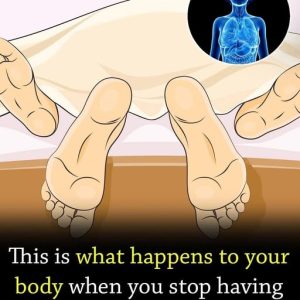When Dreams Bring the Departed Back: The Healing Power of Visitation Dreams
Losing someone you love changes everything—the air feels heavier, time slows, and silence gains a new, unbearable weight. Grief, unpredictable and deeply personal, has no single shape. It weaves through tears, disbelief, and long, sleepless nights.
Yet, in the stillness of sleep, many people experience something extraordinary: dreams in which their departed loved one appears—smiling, speaking, or offering quiet comfort. These are known as “visitation dreams,” and according to neuroscientist Patrick McNamara of Boston University, they can feel profoundly real, even to skeptics. “They often leave the dreamer with a sense of peace that waking reality cannot easily provide,” he explains.
Psychologically, such dreams may help the mind process grief and sustain emotional bonds. Rather than signaling denial, they can be gentle bridges between loss and acceptance. A 2014 study in The American Journal of Hospice and Palliative Care found that dreams of the deceased are both common and deeply meaningful. Similarly, a 2016 Canadian study reported that most participants believed these encounters were true “visitations,” not mere imagination.
Psychologist Jennifer Shorter notes that in these dreams, loved ones often appear calm, youthful, and radiant—symbols of reassurance rather than sorrow.
Whether viewed as messages from beyond or as the psyche’s way of healing, visitation dreams remind us that love does not vanish with death. It transforms—shifting from presence to memory, from voice to echo—lingering softly in the places where heart and mind meet, keeping connection alive even after goodbye.




